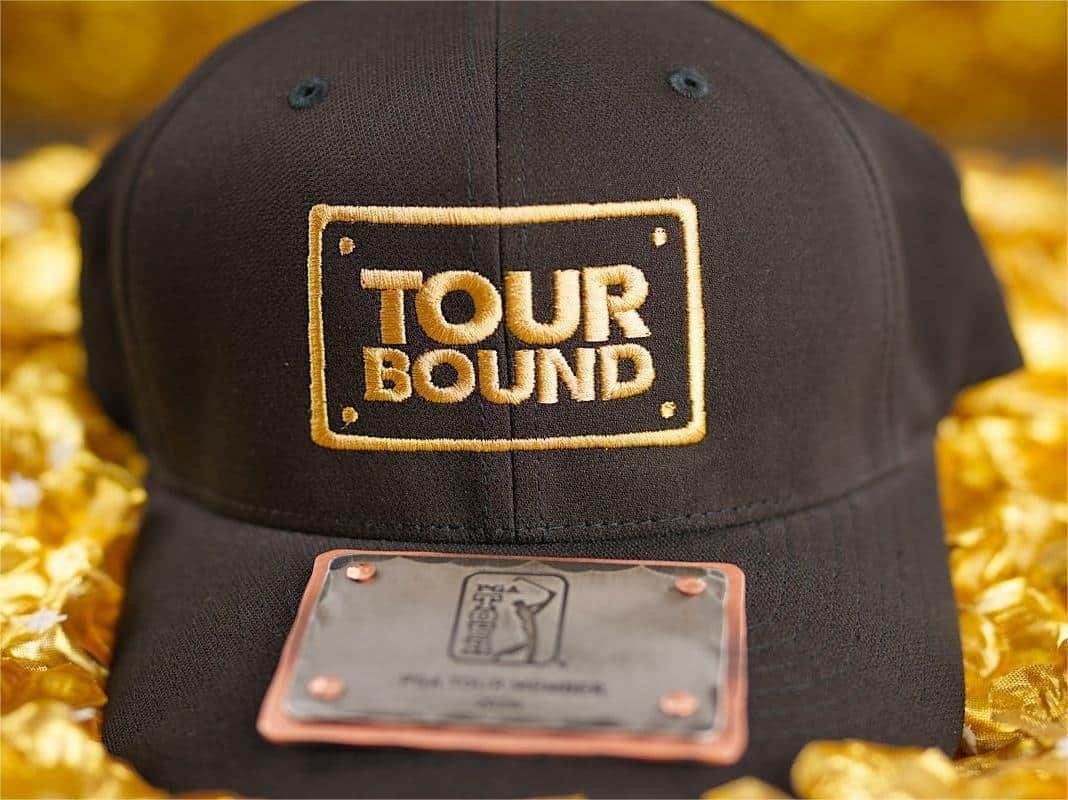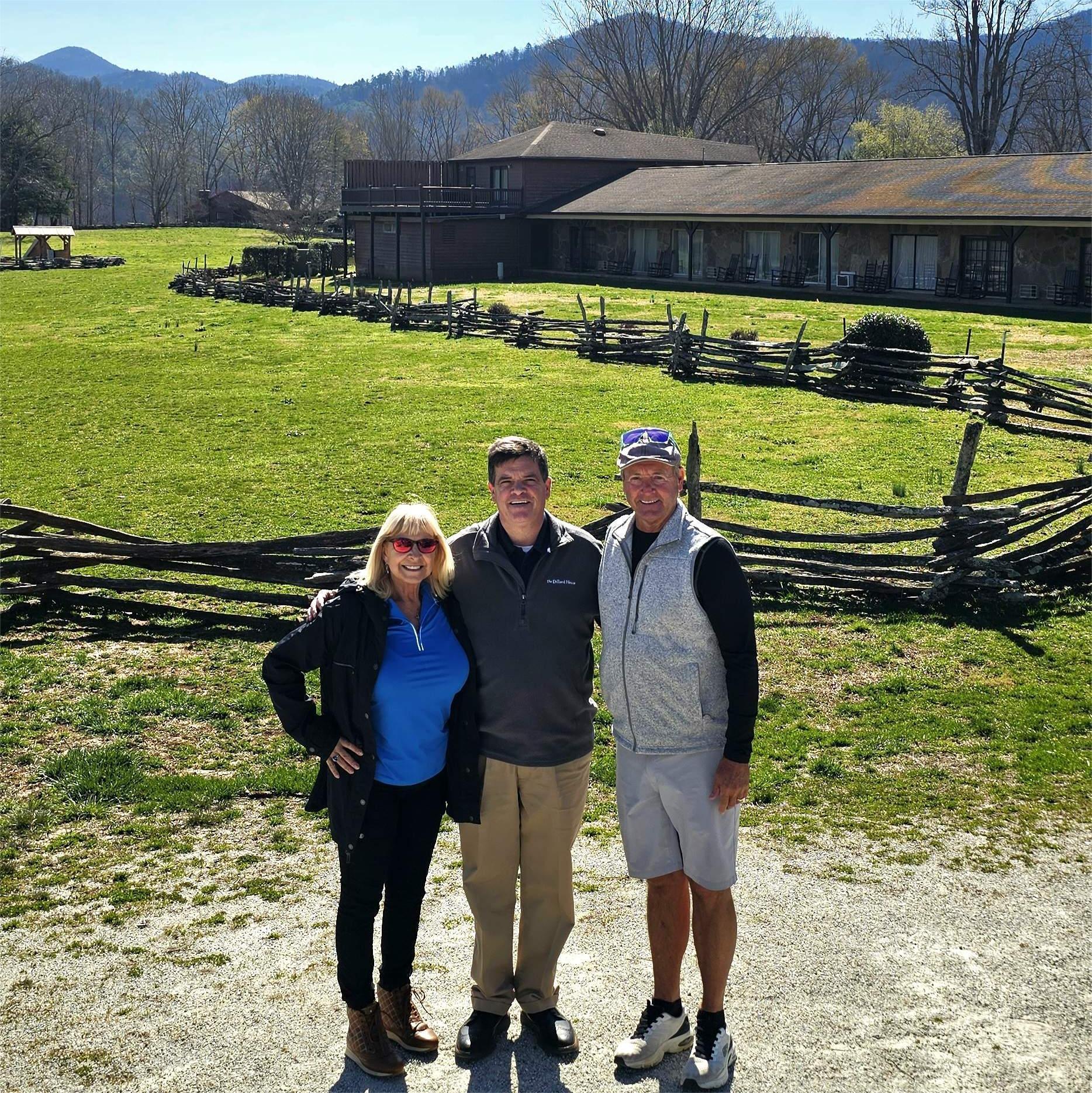Mark Stewart
CEO
Stewart Golf
Interview with Matt Ward
BACKGROUND
An engineer by training and a passionate sportsman (skier, triathlete, cyclist, and occasional golfer) Mark has focused on sales and marketing at Stewart Golf to build one of the world’s best known golf trolley brands. He launched an American subsidiary—Stewart Golf LLC—in 2015 after identifying significant growth potential in this market. The company is a UK Government ‘Export Champion’ and actively promotes the benefits of exporting to companies new to international business. Mark is the recipient of the ‘Outstanding Leadership’ award (2018) and a finalist in the EY Entrepreneur Of The Year program (2021).
 THE STEWART STORY
THE STEWART STORY
One of the things I love about the business is that I get to touch every aspect of what we do. I am involved in product design and the business model, marketing, as well as the fundamentals of our internal working culture and values. Also, I love to be involved with the office design and even, what color the new kitchen should be.
When Stewart Golf was still just an exciting idea, I had applied for post-graduate jobs at many UK automobile companies, including Rolls-Royce/Bentley. During one of these interviews, I realized that although working in the auto industry looked desirable, the opportunity I would have to actually influence the design of a car would be limited to a small component; only the very senior staff get to work on the whole picture.
Starting Stewart Golf was full of uncertainty, but the opportunity to design the whole product and create an entire business and brand was one that was unique and too exciting not to pursue. It’s no coincidence that Stewart Golf electric caddies look more like cars than traditional ‘science project’ carts that used to be commonplace. I was actually offered a job at Rolls-Royce/Bentley, which I turned down to their great surprise.
The rest, as they say, is history.

***
What was the genesis for Stewart Golf?
The seeds of the business were sewn when Mark’s grandfather, Roy, had an idea for a novel kind of golf bag that stored clubs the ‘right’ way up. This idea led to development of powered bases for the new bag to clip into, which in turn, led to developing remote control and later follow technologies.
How does the product differentiate itself from your competition — specifically in terms of cost and service features?
All Stewart Golf electric caddies have been designed to be remote control and follow from the drawing board stage, meaning they have outstanding balance to handle any terrain on the course. This is a key part of giving the golfer the best experience on the golf course, likened to using a ‘real life’ caddie. Every model is hand built in Great Britain, which means they are not cheap, but their longevity ultimately leads to long-term value.

What impact has the pandemic had on your business?
Golf was generally a beneficiary of Covid and walking golf in the U.S. meant that electric caddies have experienced a surge in demand. The global business is between 3 and 4 times larger than pre-pandemic levels.
The lexicon of the business has moved away from “pull cart” to trolley and even electric caddie. Is this similar to what those in the car industry have done in moving away from “used” to “certified car” and has the new language meant a greater acceptance and usage?
Whereas the change from ‘used’ to ‘certified’ is a marketing exercise to make pre-owned vehicles more attractive, the surge in walking golf in the U.S. has really driven greater acceptance and usage in the market. This means that the golf industry has had to find new and more descriptive terms for the products in the walking cart category. ‘Cart’ is too generic, so ‘electric caddie’ is a good place to start a conversation.

Who is your customer — in terms of age and frequency of play?
Broadly speaking, our customers are aged 50+ and play twice per week.
For many private clubs — especially in the USA – there has been past resistance in having trolleys / pull carts used at their facilities. Has that changed and what efforts are you doing to help lead that effort?
With so many courses in the USA it’s hard to generalize, but clearly the pandemic forced a lot of people to walk who hadn’t considered it before. Many don’t want to go back to riding now they have experienced walking their home course. Our strategy is very much a ‘pull’ strategy, meaning that we want golfers to be leading the change and telling their courses that they want to walk. We often say internally that we’re changing how the world plays golf — one trolley/cart/caddie at a time.
Companies routinely tout the importance of customer service. Define the term and the approach followed at Stewart Golf?
As a high-end, high-quality manufacturer, customers expect to be treated well and that’s what we aim to match and exceed. We look at customer support in the same way as we do product development and manufacturing; it can always be improved.

How does feedback impact future company direction and can you illustrate a past episode that was impactful to your efforts?
We clearly listen to our customers and take feedback on board. The Q Follow was developed because there was demand for something that performed as well as the X Series (original model) but that folded to a more compact size. On the other hand, the big innovations such as Follow were driven internally rather than from feedback, so it’s a mixture of the two that drives us ultimately.
If you could change one thing in golf unilaterally — what would it be and why?
Aside from making all U.S. golfers walk rather than ride, I’d love for the golf rule book to be less technical to make the game more accessible to new golfers. Golf is a wonderful sport and should be easier for new players to start.
Best advice you ever received — what was it and who was it from?
I’m sure he didn’t come up with it, but whenever we face challenges within the business, my father (Ross Stewart who is our Chairman) always reminds me, “if running a business was easy, everyone would do it.”
***













